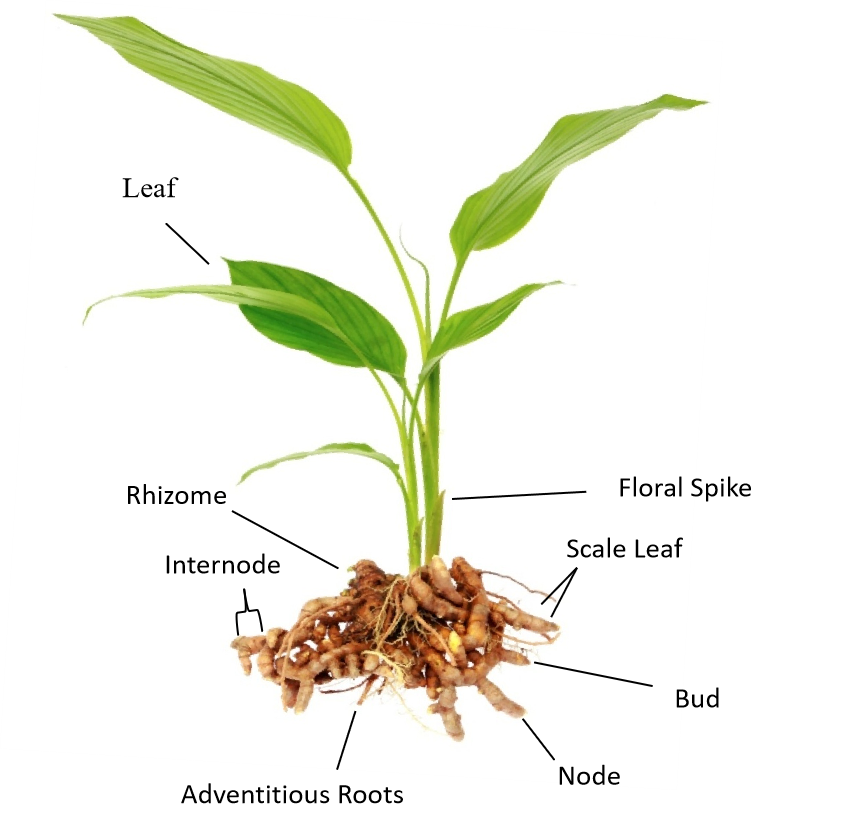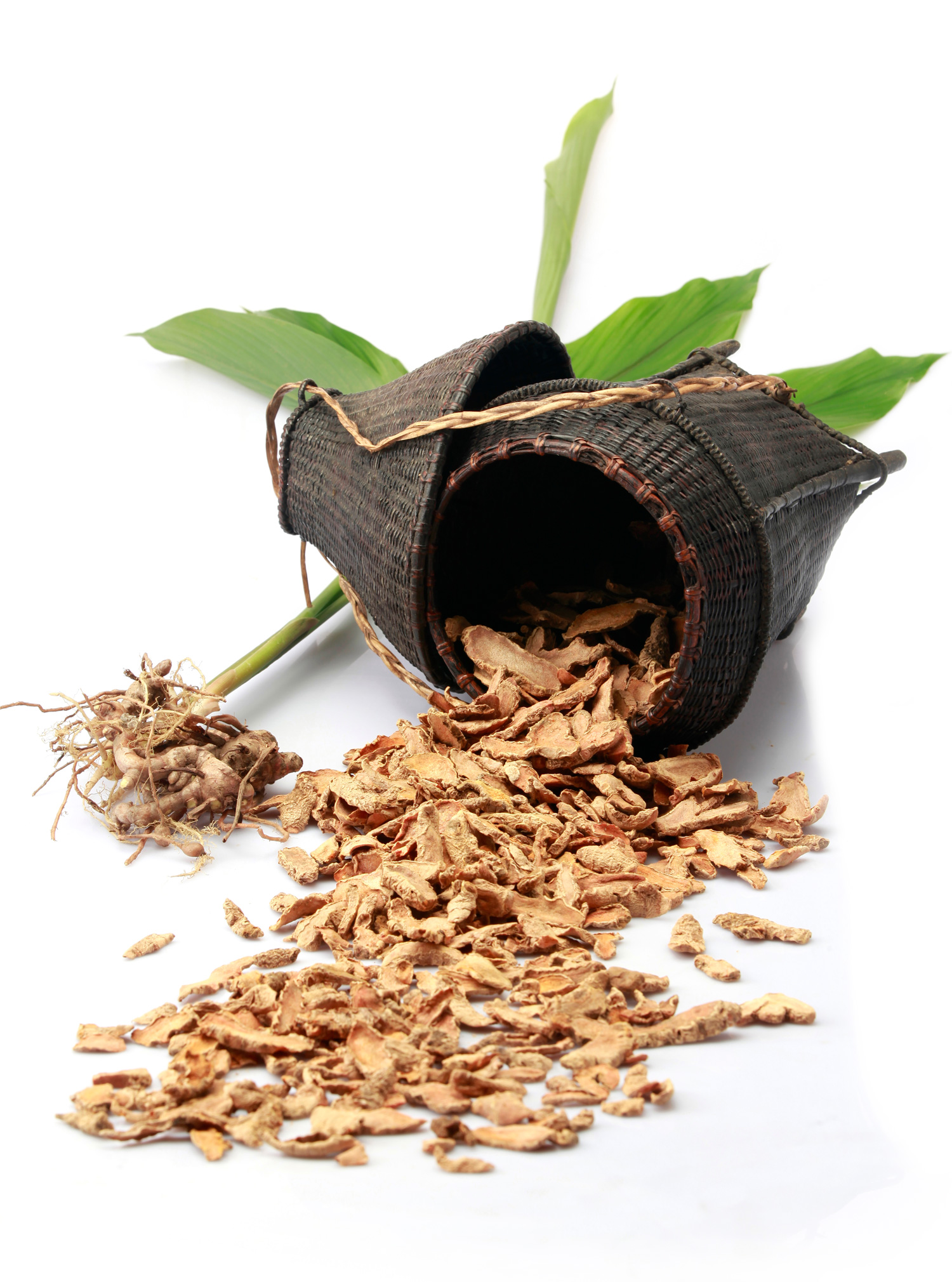Lakadong Turmeric: The World’s Best Turmeric
from the Heart of Meghalaya.
History
Turmeric (Curcuma Longa) boasts of a rich history intricately woven into Indian culture and traditional medicine. Its medicinal usage traces back nearly 4000 years to the Vedic culture in India. During this time, turmeric played a dual role – as a flavourful spice in culinary creations and as a healing herb in Ayurveda, India’s age-old system of medicine. In Ayurveda, turmeric was revered for its purported ability to aid digestion, alleviate inflammation and promote holistic well-being.
The therapeutic virtues of turmeric were also documented in ancient Sanskrit texts. The introduction of turmeric to Western nations can be credited to the exploration and trade routes connecting Europe and Asia. Turmeric made its way to Europe through the spice trade and exchanges with India and other Asian regions. Its recognition extended to China around 700 AD, East Africa in 800 AD, West Africa in 1200 AD and eventually reached Jamaica in the eighteenth century.
By the time of the Middle Ages, turmeric had evolved into a prized commodity in Europe. Its exotic flavour, vibrant hue and perceived medicinal qualities led to a high demand. Turmeric frequently graced the dishes of medieval European cuisine and its application as a dye for textiles and manuscripts were also documented.
Turmeric derived the name ‘Indian Saffron’ from the medieval European region, which coined the term owing to its bright yellow colour.


Lakadong Turmeric: Discover The Magic Of World’s Finest Turmeric
The world-famous Lakadong Turmeric derives its name from the picturesque Lakadong Village of Meghalaya’s West Jaintia Hills in India, where it is cultivated.
Known for its extremely high curcumin content and purity, it is considered the best turmeric variant in the world. This makes it an unrivalled champion among all the variants of turmeric available worldwide.
Turmeric is renowned for its vibrant colour and unique flavour, attributed to its primary ingredient: the orange-coloured pigment known as curcumin. Within the world of turmeric, Lakadong turmeric stands out due to its exceptionally high curcumin content. Therefore, among the various varieties of turmeric, Lakadong Turmeric holds a place of pride and prestige.
Lakadong turmeric boasts of an impressive curcumin concentration, averaging 7% to 8%, compared to the generic variety of turmeric which typically has a yield of 3% to 5% curcumin concentration.
The secret to Lakadong turmeric’s curcumin richness lies in its favourable black soil, ideal temperature and environmental conditions. Furthermore, the high concentration of curcumin in Lakadong turmeric endows it with numerous health and culinary benefits.
In addition to the above, Lakadong turmeric which has a golden hue and slightly bitter and earthy flavour is a preferred choice of innumerable people when it comes to turmeric.
Kingdom - Plantae
Family - Zingiberaceae
Scientific name - Curcuma Longa
Research Based – Curcumin is the most active compound in the turmeric that has been proven Scientifically for its contribution towards many health benefits.
The Turmeric from this region exhibits an average three folds higher in Curcumin Concentration with Great Purity & Richness in the plant in comparison to its other kin.
And this is considered as one of the highest concentration of curcumin level in the world.

Turmeric, a golden-hued spice that has enchanted palates across the globe, boasts of a rich history deeply intertwined with India’s agricultural prowess.
In 2018-19, India’s turmeric production reached an impressive 389 thousand tonnes, cultivated across 246 thousand hectares of fertile land. What resulted was a bountiful yield of 5646.34 kilograms per hectare, showcasing the remarkable productivity of India’s turmeric farms.
India exports most of its turmeric to the United States, United Arab Emirates, United Kingdom and Netherlands and bears the distinction of being the largest exporter of Turmeric in the World.
India stands as a titan among turmeric producers, contributing a staggering 80% to the global turmeric production landscape followed by China at 8%, Myanmar at 4%, Nigeria at 3% and Bangladesh at 3%.
In 2022-23, the top 3 exporters of Turmeric are India followed by South Africa and Vietnam at the 3rd spot.
In the world of turmeric exports, India stands as the top exporter with a remarkable 229,543 shipments to its credit followed by South Africa with 12,216 shipments and Vietnam with 5,897 shipments respectively. This successful export story highlights India’s undisputed dominance in the global turmeric market.
FAQ's
Turmeric is best known as a spice, widely used in the Indian cuisine. In fresh form it is a root much like ginger, commonly found in Indian supermarkets and is usually the size of your thumb. Brownish beige on the outside, when cut in half you’ll be surprised to see a bright orange colour on the inside. Its colour is very strong and stains anything it touches.
Considering its anti-inflammatory effects turmeric is beneficial for a myriad of diseases and a lot of diseases stem from inflammation.
‘Lakadong Village’ is where one will find the best turmeric in the world, known as ‘Lakadomg turmeric.’ It falls under Meghalaya in India.
Turmeric is rising in popularity as a spice because of it’s adaptability to many recipes including soups, stews, anything savory etc. It gives food a nice yellow color and subtle flavour (if you don’t use too much). Recently, it has been touted as a health benefit and you can find turmeric tea, turmeric milk, dissolvable turmeric powder.
Turmeric is called the ‘Golden Spice’ because of its ‘brilliant yellow colour. It contains the potent curcumin which is polyphenol.
Polyphenol is a micronutrient that has antioxidants, which is beneficial for health and evidently plays its role in the prevention of degenerative diseases such as cancer and cardiovascular diseases etc.
Lakadong turmeric rhizome contains 7 % to 8 % curcumin concentration with high level of purity as compared to 3% to 5% from different regions.
Turmeric provides relief from arthritic pain.
It’s anti-inflammatory properties have been instrumental in treating osteoarthritis and rheumatoid arthritis. The antioxidant also destroys the free radicals in the body that damage the cells.
Studies have shown that curcumin has the potential to boost your ‘Brain Health’ and it acts against ‘Depression.’
A recent analysis of research published in the Journal of Medicinal Food on turmeric extracts concluded that eight to 12 weeks of treatment with standardized turmeric extracts can reduce pain due to arthritis, compared with placebo. However, well-designed studies of its health benefits are being pursued.


